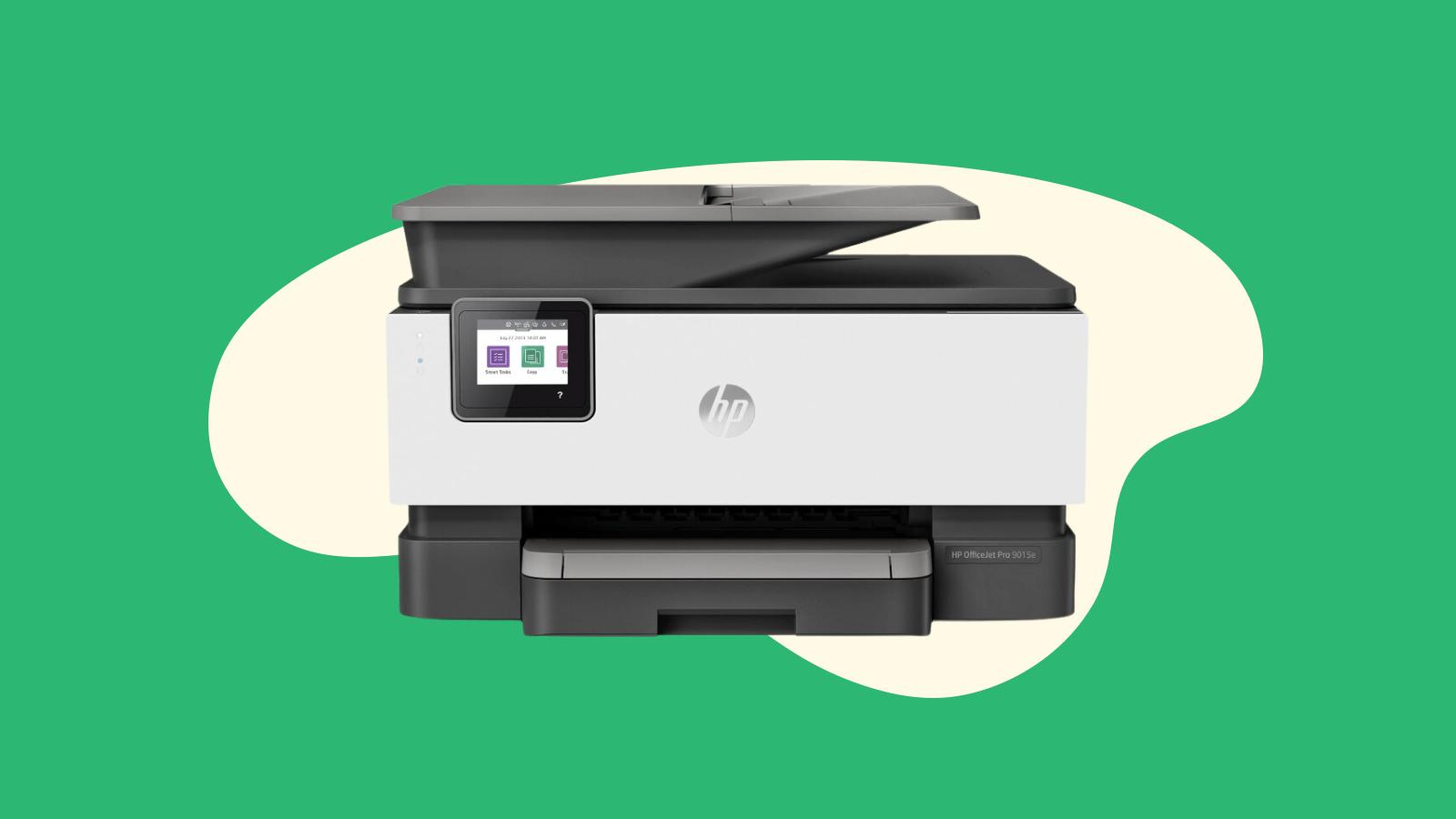Printers have become an essential tool in both personal and professional settings. Whether you need to print documents, photos, or labels, having a reliable printer is crucial. One common question that arises when purchasing a printer is, "How long do printers last?" In this article, we will delve into the factors that determine a printer's lifespan and provide insights into maximizing its longevity.
- Printer Type and Quality:
The lifespan of a printer can vary significantly depending on its type and quality. Inkjet printers, for example, are generally less durable than laser printers. Inkjet printers have more moving parts, such as print heads, which can wear out over time. On the other hand, laser printers are built with more robust components, resulting in a longer lifespan. Additionally, the quality of the printer itself plays a vital role. Higher-end printers often feature better construction and materials, leading to increased durability. - Usage and Maintenance:
Another crucial factor in determining a printer's lifespan is how frequently and intensively it is used, as well as the level of maintenance it receives. Printers that are used heavily, such as in busy offices or print shops, may experience more wear and tear, potentially shortening their lifespan. Regular maintenance, including cleaning print heads, replacing consumables, and keeping the printer in a dust-free environment, can significantly extend its longevity. - Brand and Model:
The brand and model of a printer can also impact its lifespan. Reputable brands with a history of producing reliable printers tend to offer better longevity. It is advisable to research and choose a printer from a trusted manufacturer known for their quality and customer support. Additionally, newer printer models often incorporate technological advancements that enhance durability and performance. - Environmental Factors:
The environment in which a printer operates can influence its lifespan. Factors such as temperature, humidity, and exposure to dust or direct sunlight can affect the printer's internal components. It is recommended to place the printer in a well-ventilated area with stable temperature and humidity levels to minimize the risk of premature wear. - Obsolescence and Technological Advancements:
While printers can last for several years, it is essential to consider technological advancements and obsolescence. As technology evolves, newer printer models with improved features and efficiency are introduced to the market. Eventually, older printers may become outdated, making it challenging to find compatible consumables or software updates. It is crucial to balance the printer's lifespan with the rate of technological advancements to ensure optimal usage.
Conclusion:
In summary, the lifespan of printers can vary depending on various factors, including printer type, quality, usage, maintenance, brand, model, environmental conditions, and technological advancements. While there is no definitive answer to how long a printer will last, understanding these factors can help users make informed decisions when purchasing and maintaining their printers. By choosing a reliable brand, properly maintaining the printer, and considering technological advancements, users can maximize the lifespan of their printers and ensure efficient printing operations for years to come.

